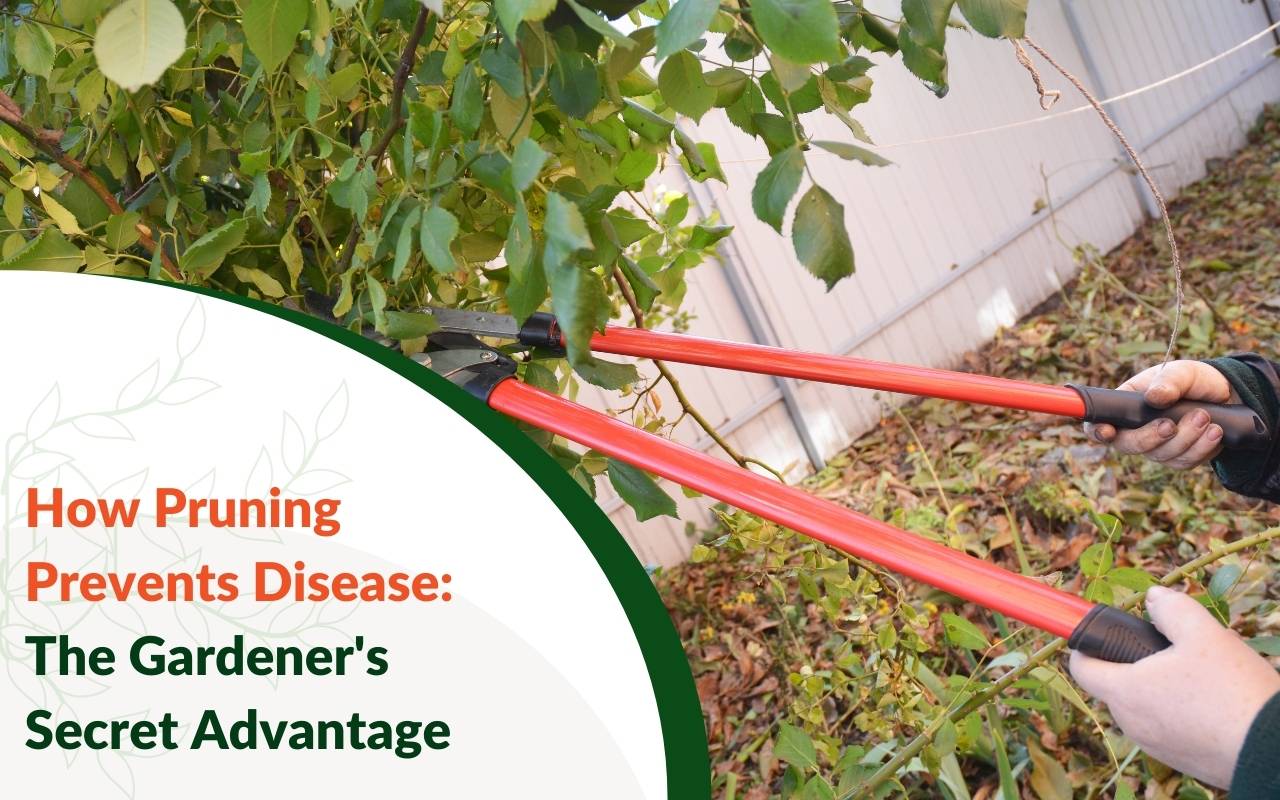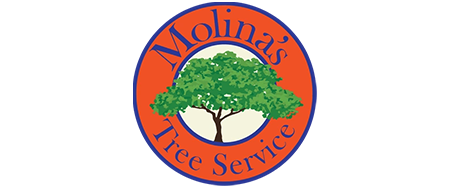
In the quiet elegance of a thriving garden, lies a secret weapon gardeners value deeply. Understanding how pruning prevents disease is crucial for long-lasting plant health. This art goes beyond aesthetics, shaping a resilient garden that resists pathogens. By removing excess growth, gardeners allow better airflow and sunlight penetration, reducing risks of fungi and bacteria. Moreover, when practiced consistently, pruning transforms survival into flourishing beauty. Therefore, explore how a simple tool becomes a key to protecting your garden.
The Importance of Pruning in Gardening
Pruning does more than shape hedges. In fact, it preserves balance, beauty, and health across your landscape. By cutting weak, diseased, or dead limbs, gardeners redirect energy to stronger growth and healthier blooms. Consequently, the results are vibrant flowers, robust fruit, and enhanced structure. Furthermore, transitioning to regular pruning also prevents overcrowding, ensuring airflow. As a result, your garden becomes both a practical and aesthetic masterpiece. Explore tree trimming services to maintain this harmony professionally.
- Removes weak or dead branches
- Additionally, supports balanced landscape design
- Moreover, encourages stronger shoots and foliage
How Pruning Enhances Plant Health
At its core, pruning triggers new growth and renews plant energy. It activates dormant buds and encourages vibrant shoots, less prone to disease. In addition, opening dense canopies enhances airflow, lowering humidity where pathogens thrive. Sunlight reaches hidden leaves, energizing growth. For example, transitioning through these steps improves resilience against stress, pests, and drought. Thus, the practice demonstrates clearly how pruning prevents disease while boosting overall plant vitality.
- Stimulates dormant buds
- Furthermore, improves airflow and lowers moisture
- Therefore, strengthens resilience to pests
Understanding the Relationship Between Pruning and Disease Prevention
How pruning prevents disease lies in removing infections before they spread. Diseased wood harbors pathogens; pruning eliminates these threats. However, timing is also vital. Pruning during dormancy allows quicker healing, minimizing risk. Likewise, using sterilized tools ensures pathogens are not transferred. Accordingly, this strategic approach creates a natural shield for your garden. If you live in Simpsonville, explore tree trimming Simpsonville SC solutions for expert care.
Key Techniques for Proper Pruning
Successful pruning depends on choosing the right cut. Thinning cuts remove full branches, opening canopies. Heading cuts trim tips, encouraging denser growth. Meanwhile, placement matters as well. Always cut above a healthy bud or branch collar, helping water run off naturally. Therefore, transitioning with sharp, clean tools is essential for effective results. In particular, these steps reflect precisely how pruning prevents disease while guiding plants toward strength.
Identifying Diseased Branches for Removal
Disease signals are clear if you know what to watch for. Look for discolored bark, wilting leaves, or strange swellings. For instance, powdery coatings often indicate fungal infections. Once found, remove diseased branches well below the problem area. Nevertheless, always disinfect your tools to prevent contamination. Acting early preserves health and ensures problems never spread across your garden.
Pruning Schedule: When and How Often to Prune
A schedule maximizes results and prevents unnecessary stress. Deciduous trees thrive when pruned in late winter or early spring. Flowering shrubs benefit from cuts after blooming. However, over-pruning causes stress, while neglect fosters disease. Thus, balanced frequency—usually light cuts yearly and deeper trimming every few years—ensures continuous plant vitality. Discover more options through all services offered by specialists.
- Deciduous trees: late winter pruning
- In contrast, flowering shrubs: after blooms
- Finally, annual maintenance and periodic structural cuts
Tools of the Trade: Must-Have Pruning Equipment
The right tools make pruning efficient. Bypass pruners cut small branches, while loppers or saws handle thicker limbs. Moreover, quality tools minimize jagged wounds that risk infection. Cleaning blades between cuts prevents cross-contamination. Additionally, safety gear ensures protection during each session. Consequently, proper tools support the strategy of how pruning prevents disease and create healthier gardens.
Common Mistakes to Avoid When Pruning
Mistiming cuts weakens plants. Using dull tools creates slow-healing wounds. On the other hand, over-thinning reduces energy production, while under-thinning fosters humidity. Therefore, balancing technique and timing avoids common errors. Transition words like “as a result” guide decisions, helping maintain plant strength. Ultimately, avoiding mistakes is just as crucial as using the right approach.
Maximizing the Benefits: Tips for Pruning Different Plant Types
Different plants require specific pruning approaches. Fruit trees thrive when canopies open for sunlight. Roses respond with blooms when heading cuts remove dead flowers. Meanwhile, evergreens prefer selective pruning to avoid bare wood exposure. In this way, understanding each species’ cycle ensures precise care. By adapting techniques, gardeners strengthen resilience and reveal how pruning prevents disease across varied landscapes.
FAQs About Pruning and Disease Prevention
What role does pruning play in preventing plant diseases?
Pruning removes weak or infected parts, preventing pathogens from spreading and boosting overall plant health.
When is the best time to prune trees and shrubs?
Late winter or early spring is ideal for most plants. Nevertheless, flowering shrubs should be pruned right after blooming.
How can I identify diseased branches quickly?
Look for signs like discoloration, powdery coatings, lesions, or unusual leaf wilt during regular inspections. For example, branches with blackened bark often indicate fungal infection.
What tools are most effective for safe pruning?
Bypass pruners, loppers, and pruning saws are best. Furthermore, always keep blades sharp and disinfected for clean cuts.
Can pruning really help my garden resist disease long-term?
Yes, consistent pruning strengthens plants, increases airflow, and removes infection sources. Consequently, your garden develops long-term resistance to disease.
Cultivating a Disease-Resistant Garden Through Pruning
Pruning is more than a visual task. It’s a strategy for disease prevention and growth stimulation. Indeed, transitioning to routine pruning makes gardens thrive. By maintaining vigilance, applying proper techniques, and tailoring schedules, you harness how pruning prevents disease. For professional help, visit our contact page to connect with our experts today.
